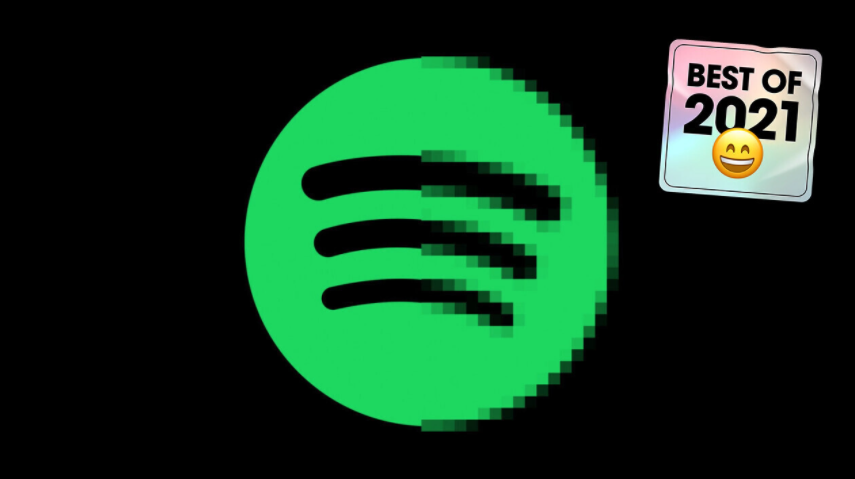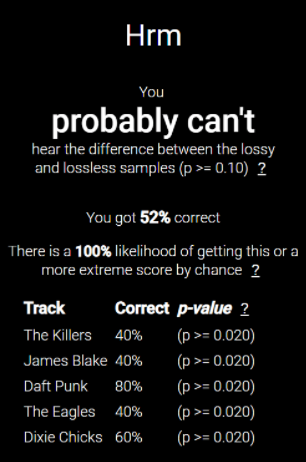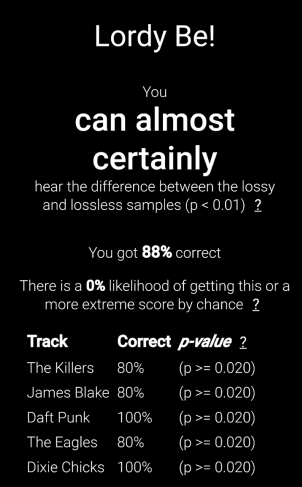Earlier this year, Spotify announced the 'HiFi' upgrade layer of its streaming service, which provides lossless audio and promises that music does not compress artifacts. Although it will still be unusable towards the end of 2021, Spotify HiFi promises to provide 'CD quality' audio, aimed at guiding enthusiasts away from other lossless streaming competitions such as Tidal and Deezer - as well as recent Apple Music and Amazon Music. But even if you consider yourself an enthusiast, you may not need to pay additional fees for lossless music. At least not to make your music sound better. Indeed, most music streaming services compress audio in one way or another to minimize data usage, which almost always leads to some information loss. Here is a lossless compression method for music, but they usually cannot reduce the file size by up to a decent level of lossy compression. Therefore, it is not surprising that most services are shifting towards lossy compression. After all, the vast majority of listeners do not have the auditory ability to distinguish between lossless audio and music compressed with sufficiently high quality. If you enable Spotify Premium (the existing $9.99 ad free layer) in the application's settings, it is already streaming at a speed of up to 320 kbps (256 kbps on the network). Although the difference between lossy and lossless audio may be very significant at low bit rates, I bet most people cannot distinguish between lossless files and 256 kbps MP3 files - let alone files compressed with more modern Ogg codecs used by Spotify. Our hearing is affected by a large amount of placebo. Simply believing that an upgrade or key specification will make your speakers or headphones sound better is usually more likely to lead to 'improvement' than any actual changes. Nevertheless, many gold ear enthusiasts swear that they can hear differences without evidence. So why not actually test your hearing before you pay for higher quality audio?

Test your hearing
There are many blind tests that can help you compare lossless audio and 'lossy' audio formats, but I like the Digital Feed ABX test, which was originally created to test whether listeners can distinguish the difference between Tidal's lossless audio and lossy compressed music. The above link compares Spotify's 320 kbps streaming with lossless files, so it should be equivalent to comparing Spotify's Premium and HiFi layers. In this test, the goal is to match one of the two clips (A or B) with the reference clip (X). They are random, and you don't know which clips are lossless; You only need to choose whether A or B is the same as X. There are 5 tracks, and for each track, you must complete 5, 10, or 20 tests, depending on the time you want to kill. The more experiments you conduct, the greater the statistical significance of the results. I suggest starting with 5 repetitions, as testing can be very time-consuming when switching between tracks that focus on minor differences. If you are like most audio enthusiasts - let alone most ordinary people - you may not be able to hear the difference. I just took the test with a $400 earphone, but it failed.

But I also passed the test before. The problem is that doing so involves an extreme form of scrutiny, which has almost never been applicable to normal or even 'critical' listening. In my case, comparing this means keeping my home as quiet as possible, using the best equipment I have, and repeating the two to three second parts over and over again, hoping to hear the smallest additional details or subtle changes at specific moments. In addition, I have completed hundreds of iterations of this type and know what to look for.

Perhaps more importantly, being able to identify which tracks match does not mean that you can distinguish which tracks are more authentic - that is, which tracks are actually lossless. I remember a survey conducted by audio blogger Archimago a few years ago, which required 151 participants to choose between two sets of samples - one with damage and the other without damage. 30% of people believe that lossless tracks sound better. 18% of people reported no auditory differences. Up to 52% of people actually prefer lossy orbits over lossless orbits (some possible explanations for this are beyond the scope of this article). Please note that it can be assumed that most of these participants are also audio enthusiasts. 60% of them reported using audio systems worth $1000 or more. This is just one of many examples on the internet.
So what's the point of being non-destructive?
The fact that most people cannot distinguish between lossless audio and high bit rate lossy audio does not mean that lossless streaming is meaningless - nor does it mean that you should not be willing to pay more for music. Some reasons why you may want to try Spotify HiFi include:
Rest assured, so you won't itch just because you know there's something better there.
If the placebo effect makes you feel that your music sounds better, then to some extent it sounds better?
Out of respect for artists, you want the purest music performance, regardless of whether the differences are audible or not.
You are a statistical anomaly with platinum hearing ability.
There is a very hypothetical argument that we need to extend the listening time to truly hear small differences in sound quality.
Spotify can include other privileges in the HiFi layer.
Due to HiFi streaming, Spotify may start paying more fees to artists (although there is currently no evidence to suggest this is part of the plan).
You hope that one day the audio devices will be good enough to make the differences more noticeable.
Please also note that this article is specifically targeted at Spotify HiFi - it is not necessary to pay for general lossless music. You may want to purchase (rather than streaming) lossless music for archival purposes, or because you want to support artists more directly. Or you may still be purchasing a CD because you enjoy playing music on physical media. In fact, due to many of the above reasons, I still pay for lossless music. Spotify has not yet announced the pricing of the HiFi layer, but you can bet that it will be more expensive than the regular Premium. There are good reasons for streaming lossless music, but if you only upgrade based on a clear promise of audible improvement, you may want to control your expectations.
Noise Reduction Earphone Solution
Adopting Jerry chips, it also has two functions: ANC active noise reduction and dual Mic ENC call noise reduction. It is compatible with multiple devices, including mobile phones, iPads, computers, etc., and is lightweight in design to adapt to various life scenarios.
Chip model: AC7006A8
CPU: 32-bit DSP
Support protocol: 5.1+BR+EDR+BLE
Packaging: QFN32 (4 × 4MM)